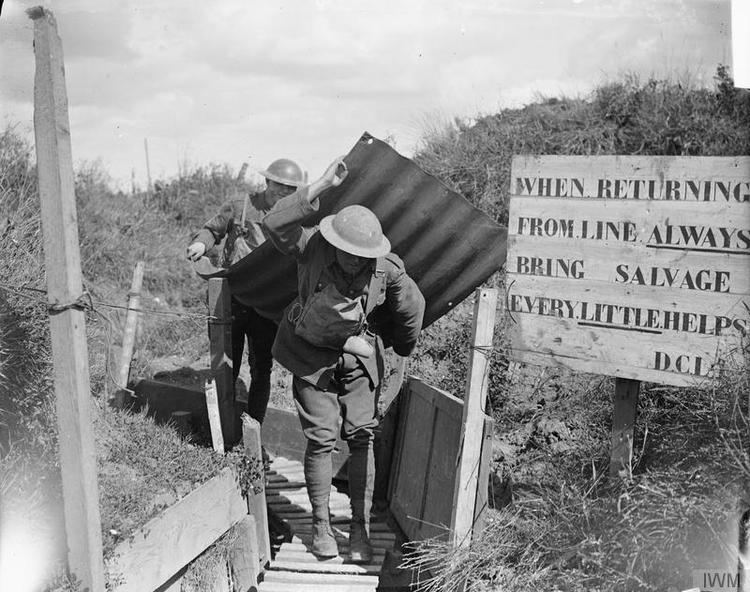 | ||
The 73rd Brigade was an infantry brigade formation of the British Army that served in both World War I and World War II.
Contents
World War I
The 73rd Brigade was originally raised during World War I in September 1914 from men volunteering for Lord Kitchener's New Armies, and was assigned to the 24th Division. The brigade consisted of battalions from the East of England and spent the early months of its existence training. The brigade, with the division, departed for the Western Front in August 1915, fighting in many of the major battles of the war, such as the Battle of Loos, the Battle of the Somme, the Battle of Vimy Ridge, Battle of Passchendaele and in the Spring Offensive and the Hundred Days Offensive, which saw the war come to an end on 11 November 1918 . The brigade had suffered extremely heavy casualties during the war and was disbanded in late March 1919.
Order of battle
The brigade was constituted as follows during the war:
World War II
The brigade number was reactivated again, during World War II, in late March 1941, this time as the 73rd Independent Infantry Brigade. The brigade, as in World War I, initially consisted of infantry battalions raised for hostilities-only and, aside from a few Regular and Territorial soldiers, was composed almost entirely of conscripts and wartime volunteers. In December 1942 the battalions were posted elsewhere and the brigade ceased to be an operational formation, although the headquarters remained in existence until 19 July 1943, when it was finally disbanded.
The brigade served under various commands throughout its short existence: GHQ Home Forces from 19 June and 2 July 1941, the Devon and Cornwall County Division between 3 July and 30 November 1941, VIII Corps between 1 December 1941 and 12 December 1942, and Southern Command from 13 December 1942 and 18 July 1943.
Order of battle
The 73rd Brigade was constituted as follows during the war:
Commanders
The following officers commanded the brigade during the war:
